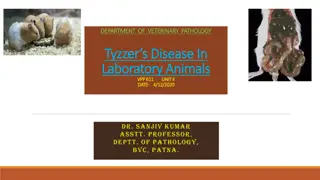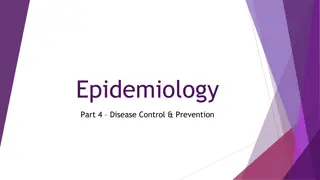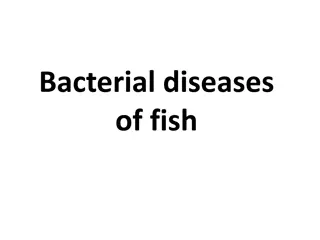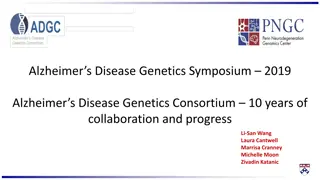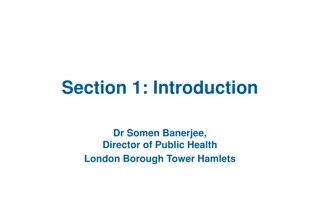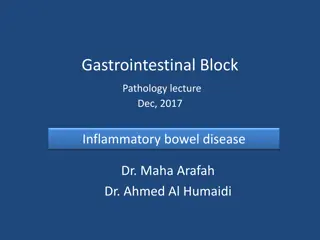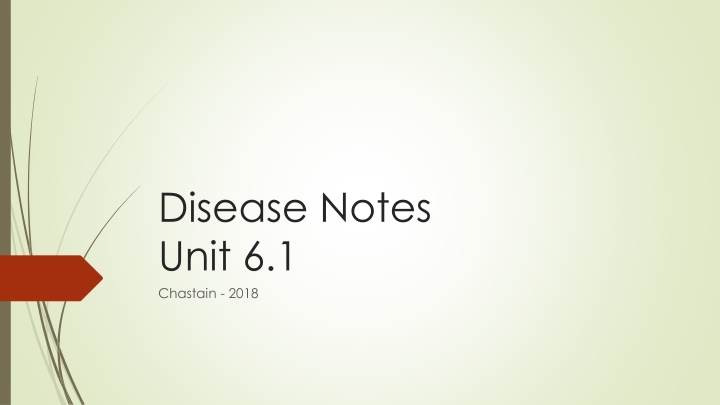
Germs, Bacteria, and Disease Transmission
Explore the world of germs, bacteria, and diseases in this informative content. Learn how diseases are contracted through environments and family history. Discover the significance of infections, viruses, epidemics, and pandemics in public health.
Download Presentation

Please find below an Image/Link to download the presentation.
The content on the website is provided AS IS for your information and personal use only. It may not be sold, licensed, or shared on other websites without obtaining consent from the author. If you encounter any issues during the download, it is possible that the publisher has removed the file from their server.
You are allowed to download the files provided on this website for personal or commercial use, subject to the condition that they are used lawfully. All files are the property of their respective owners.
The content on the website is provided AS IS for your information and personal use only. It may not be sold, licensed, or shared on other websites without obtaining consent from the author.
E N D
Presentation Transcript
Disease Notes Unit 6.1 Chastain - 2018
Learning Target I can explain how diseases can be contracted through my environment including family history.
Germs Germs are tiny organisms, or living things, that can cause disease. Germs are so small and sneaky that they creep into our bodies without being noticed.
Germs https://www.youtube.com/watch?v=YBGsoimPXZg
Bacteria Bacteria are tiny living beings (microorganisms) - they are neither plants nor animals - they belong to a group all by themselves. Bacteria are tiny single-cell microorganisms, usually a few micrometers in length that normally exist together in millions.
Bacteria https://www.youtube.com/watch?v=pcXdfofLoj0
Disease an illness that affects a person, animal, or plant a condition that prevents the body or mind from working normally.
Infection The invasion and multiplication of microorganisms such as bacteria, viruses, and parasites that are not normally present within the body.
Virus an infective agent that typically consists of a nucleic acid molecule in a protein coat. It is too small to be seen by light microscopy It is able to multiply only within the living cells of a host.
Virus https://www.youtube.com/watch?v=YS7vsBgWszI
Epidemic A widespread occurrence of an infectious disease in a community at a particular time. Example When people were sick with the flu at school.
Pandemic A Disease prevalent over a whole country or the world.
Vaccine A vaccine is a product that produces immunity from a disease and can be administered through needle injections, by mouth, or by aerosol.
Immune System https://www.youtube.com/watch?v=24IYt5Z3eC4
Quizlet 6.1 https://quizlet.com/_3d3mas






